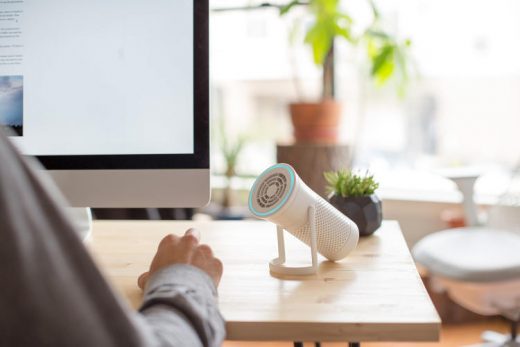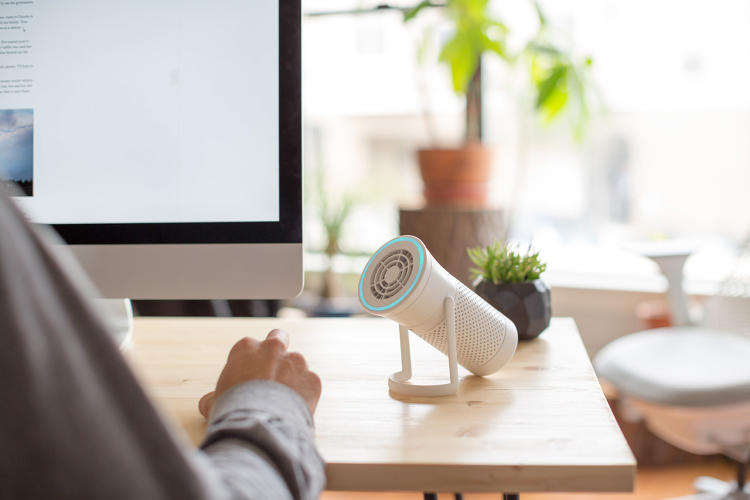This Device Surrounds You In A Bubble Of Clean Air
A decade ago, on flights to visit his family in Beijing while he was an engineering student at MIT, Raymond Wu started to think about the increasingly filthy air in the city. “My parents, my grandparents, were all breathing this not-so-good air,” he says. “I could definitely tell that their health wasn’t good as a result.”
Ten years later, after stints in management consulting and venture capital, Wu is focused on solving the problem of bad air quality. Wynd, his startup’s new device, is a portable, water bottle-sized air purifier that he says can surround you in a bubble of clean air, no matter how polluted the air is around you.
At the bottom of the device, a tiny, detachable sensor constantly monitors air quality and can automatically adjust how fast the filter works. The startup also sells the sensor—which is designed to be both more accurate and much cheaper than anything else on the market—separately. But they wanted to give users a chance to actually clean the air around them, not just learn how dirty it was.
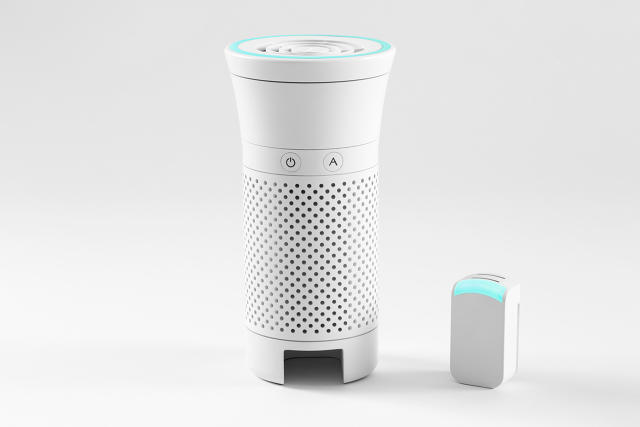
“We didn’t want to just build a sensor and drown people in data,” he says. “We wanted to give them the means to actually do something about it.”
The purifier pulls air through small holes in the side and uses a medical-grade filter to remove particulates—cat dander, mold, bacteria, or pollution from traffic or power plants. (The tiniest particles, such as gases, are not filtered out). Then purified air comes out the top, creating an invisible cone of clean air around a user.
In lab tests with a third party, the purifier dramatically reduced particulates in an 8-by-10-foot room. It works best up to three feet away; it’s meant for a single user, rather than an entire office or living room. Some users might set it on a desk or bedside table. Others who tested early prototypes took it on trips to visit factories in China, or to use on a plane.

Technically, you could walk down the street holding Wynd, though it might be a little awkward to carry, and it works best in enclosed spaces. Most uses are indoors, though it can also fit inside a baby stroller, filtering out pollution from traffic or construction sites on a walk.
The sensor glows different colors to indicate the level of pollution, and an app shows more detail, illustrating how much filth you avoided breathing by comparing it to the equivalent number of cigarettes. It also shows trends in pollution over time.
As more people start using the detachable air quality sensor, Wynd plans to collect that data to help understand the broader state of air quality. Because there are few permanent air sensors in cities today, having thousands or hundreds of thousands of people walking around with sensors would make air quality maps much more accurate.
“Right now, in all of India, for example, there’s about 40 stations in operation in the whole country,” says Wu. “Most are in New Delhi. If you live far away from a station, you don’t really know what the air quality is in your home, business, or on your commute. The same thing is true in the United States—in San Francisco, there’s one station. We want to change that, and create this Waze of air quality where people can help each other, help their community, and help the environment.”
Wynd is crowdfunding on Kickstarter.
Have something to say about this article? You can email us and let us know. If it’s interesting and thoughtful, we may publish your response.
Related Video: How Biolite’s Camping Stove Cleans The Air For The Developing World
Wynd is a portable, water bottle-sized air purifier.
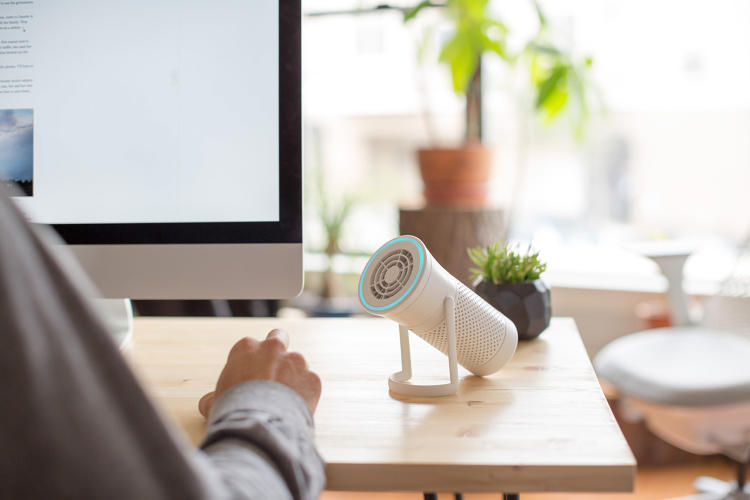
The company claims it can surround you in a bubble of clean air, no matter how polluted the air is around you.

At the bottom of the device, a tiny, detachable sensor constantly monitors air quality and can automatically adjust how fast the filter works.
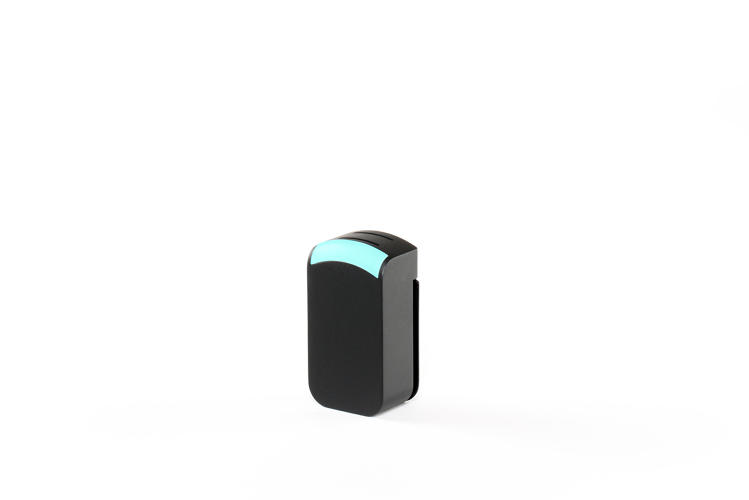
The startup also sells the sensor–which is designed to be both more accurate and much cheaper than anything else on the market–separately.

But they wanted to give users a chance to actually clean the air around them, not just learn how dirty it was.

The purifier pulls air through small holes in the side and uses a medical-grade filter to remove particulates.
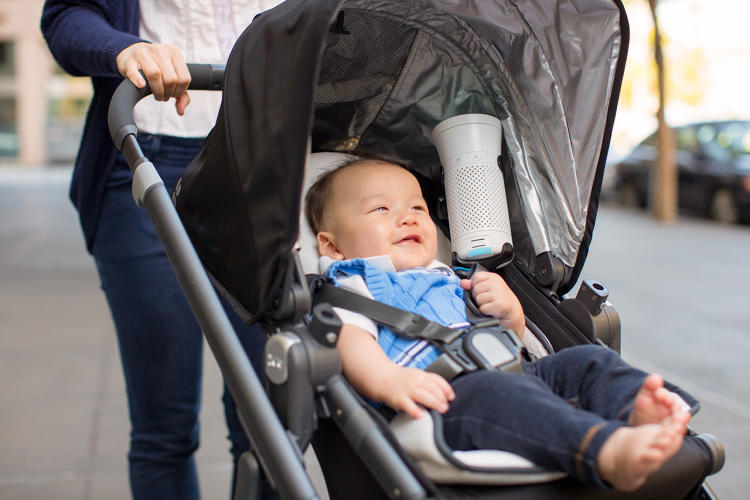
Then purified air comes out the top, creating an invisible cone of clean air around a user.

In lab tests with a third party, the purifier dramatically reduced particulates in an 8-by-10-foot room.

It works best up to three feet away; it’s meant for a single user, rather than an entire office or living room.

As more people start using the detachable air quality sensor, Wynd plans to collect that data to help understand the broader state of air quality.
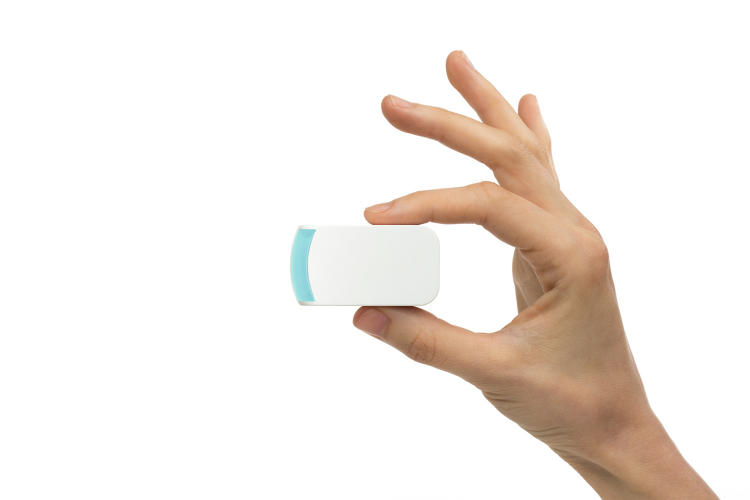
Because there are few permanent air sensors in cities today, having thousands of people with sensors would make air quality maps much more accurate.
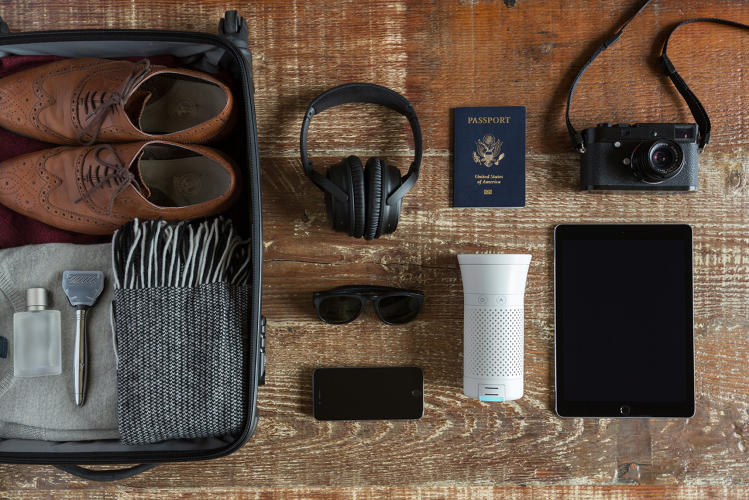
Fast Company , Read Full Story
(29)

